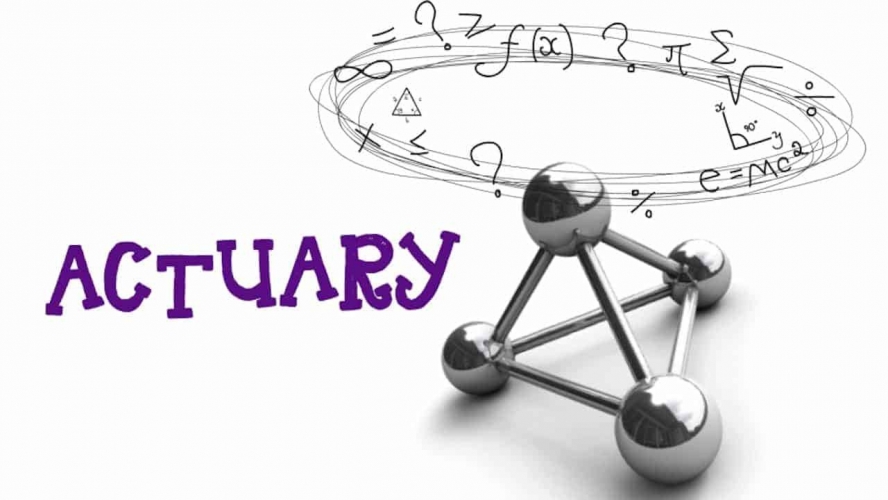The Interplay between Data Sciences and Actuarial Sciences

I am Vajira Manathunga, an actuarial science faculty at MTSU. My research area includes predictive analytics, computational statistics, and mathematical modeling. The purpose of this essay is to discuss the intertwined nature of data science and Actuarial sciences. With the emergence of data science and big data in the last decade, actuarial science saw changes in the industry as never before. Society of Actuaries (SOA) and Casualty Actuarial Society (CAS) understood the challenges posed by data sciences and they formally introduced data science into actuarial science with new exams.
What is an actuary? Institute and Faculty of Actuaries in UK defined "Actuaries are problem solvers and strategic thinkers, who use their mathematical skills to help measure the probability and risk of future events. They use these skills to predict the financial impact of these events on a business and their clients". Therefore, actuaries are interdisciplinary in nature and should be able to draw skills from various fields such as mathematics, statistics, finance, economics, businesses, communication, and computer sciences.
Why should actuaries need data science in their toolset? In today's world, the volume of data is booming every second as customer information is pouring from digital platforms, smartphones, and smart sensors to company databases. These data contain more personalized information that can be used to provide customized products and services. Therefore, data science skills are becoming a valuable tool for any actuary. Data sciences unify statistics and data analysis techniques, which allow actuaries to work with big data sets and develop predictive models with millions of input variables. For instance, in auto insurance, machine learning techniques are applied to accelerometers and gyroscopes to identify driver risk. In health insurance, neural networks methods are used to identify cancer or heart disease. Similarly, in life insurance, predictive models are used to provide a real-time quote for underwriting variables.
Traditionally actuaries focused on statistical analysis and databases skills such as SQL. However, as data become unstructured and changed from numbers to text to images and to videos, other data science skills are needed. Unstructured data may contain new information such as social media posts, text documents, and various other forms of data. This data may give insurance companies a unique perspective about their customer base and the broader market if analyzed correctly.
So, what would be the future look like for actuaries? Some predict, "The next insurance leaders will use bots, not brokers, and AI, not actuaries". According to this view, actuaries will no longer be relevant in the insurance field. However, contrary to this belief, some think actuaries are uniquely positioned to adapt and evolve to use data science techniques in mortality modeling, automobile insurance, healthcare insurance, catastrophe risk analysis, claim reserving, valuation, life, and non-life insurance pricing.
No matter what, it is clear that actuaries must have data science skills to compete in the future world. The actuarial science program at MTSU received the 2020 CAS University award for integrating data sciences into the actuarial science curriculum, providing hands-on training to students using data-driven projects and activities in actuarial science and research contribution to actuarial sciences. Our program explicitly offers ACSI 6110, ACSI 5530/4530, and ACSI 4600, which allow students to learn the interdependency nature of actuarial science and data science.


